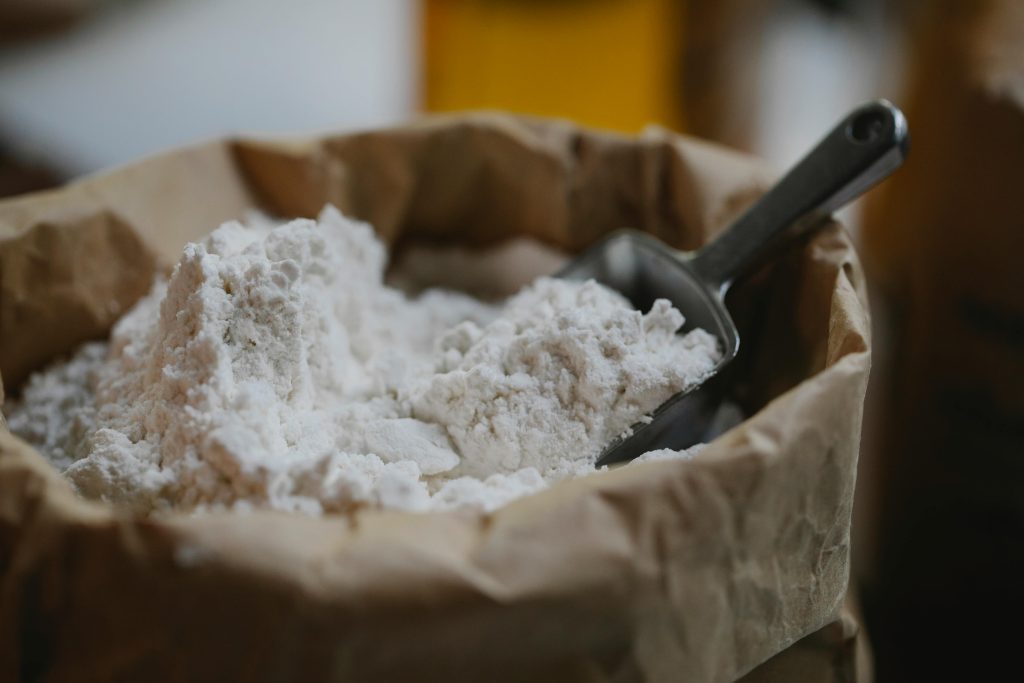Monosodium Glutamate (MSG) is a well-known food additive, recognized for its ability to enhance flavor by imparting the distinct umami taste. It is widely used across the global food industry, particularly in processed foods, seasonings, and restaurant dishes. It is the sodium salt of glutamic acid, a naturally occurring non-essential amino acid, its industrially produced form has often been misunderstood.
Over the past century, MSG has moved from traditional Asian kitchens to becoming a staple in global food technology, with ongoing debates on its safety and health effects. Scientific consensus largely affirms MSG as safe, but myths surrounding “Chinese Restaurant Syndrome” still linger among customers.
Glutamate is abundant in natural foods: Vegetables: Tomatoes (especially ripened), mushrooms, broccoli. Seaweeds: Kombu is traditionally rich in free glutamate, which led to the discovery of MSG. Animal sources: Beef, chicken, pork, and fish contain both bound (protein-linked) and free glutamate. Dairy products: Parmesan, Roquefort, and other aged cheeses contain high free glutamate due to protein breakdown during aging. Fermented products: Soy sauce, miso, kimchi, and fish sauce naturally develop glutamate during fermentation.
FDA (U.S.): Classified MSG as “Generally Recognized as Safe (GRAS). European Food Safety Authority (EFSA): Reevaluated MSG in 2017, concluded safe at standard dietary exposure. FSSAI (India): Regulates MSG in processed foods, prohibits addition to infant foods.
Monosodium Glutamate stands at the crossroads of food science, nutrition, and public perception. While naturally present in foods for centuries, its industrial production has revolutionized global flavor enhancement. Science affirms MSG as safe, beneficial in reducing sodium intake, and vital in plantbased food innovations. The challenge ahead lies not in its chemistry but in consumer education and myth dispelling, ensuring MSG is recognized for what it truly is — a safe, effective, and essential tool in moderate consumption.
In 1909, Ajinomoto Co. in Japan began commercial MSG production, marking the start of industrial-scale umami enhancement. Thus everyone calling it “Ajinomoto” in many places.
Fermentation Process (Modern Method) Carbohydrate sources (sugarcane, cassava, corn starch, sugar beet molasses) are fermented by Corynebacterium glutamicum. Microbes convert sugars into glutamic acid through metabolic pathways (mainly via the TCA cycle intermediate α-ketoglutarate). The glutamic acid is neutralized with sodium hydroxide to form MSG crystals. Purification steps ensure food-grade safety and consistency.




